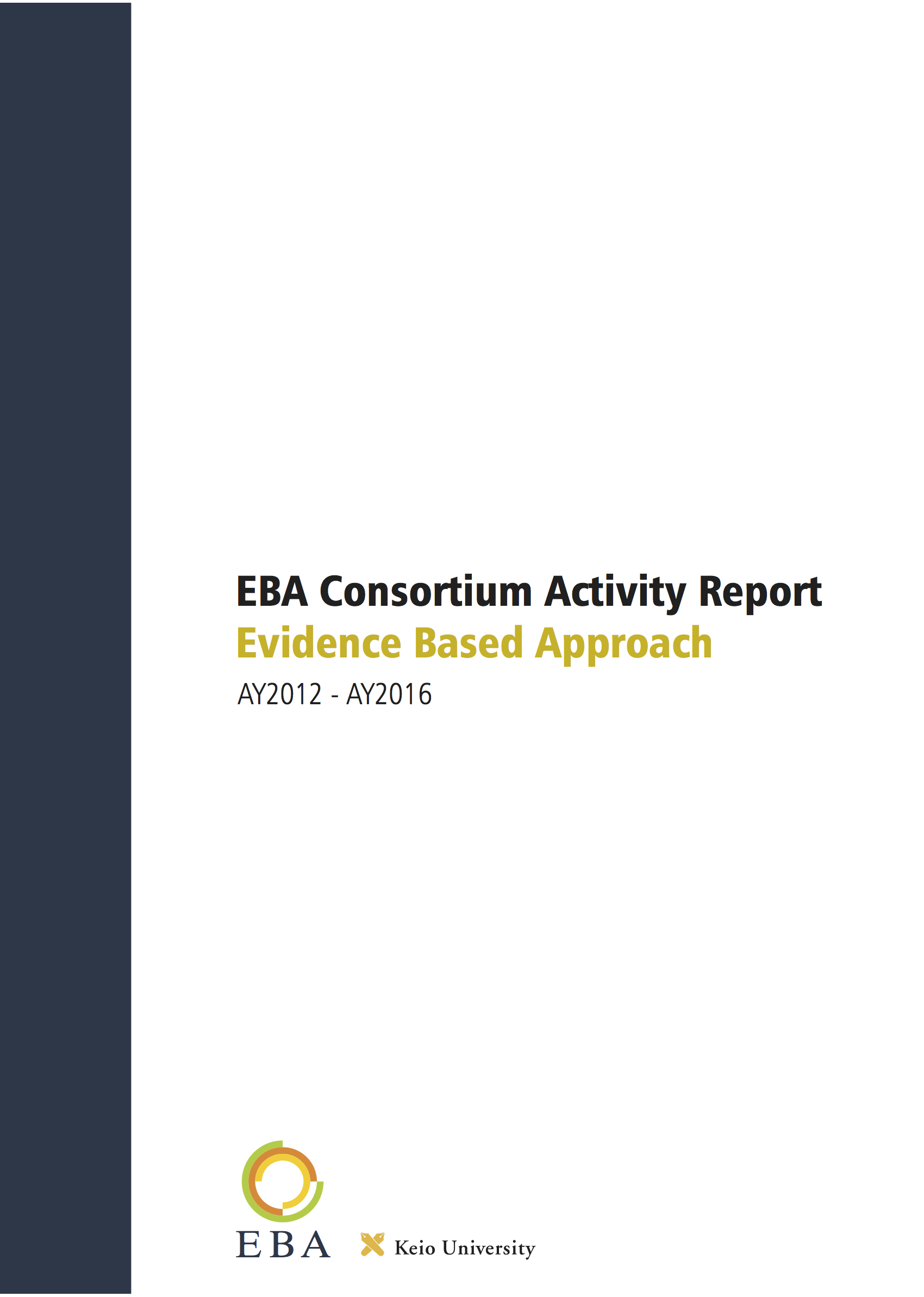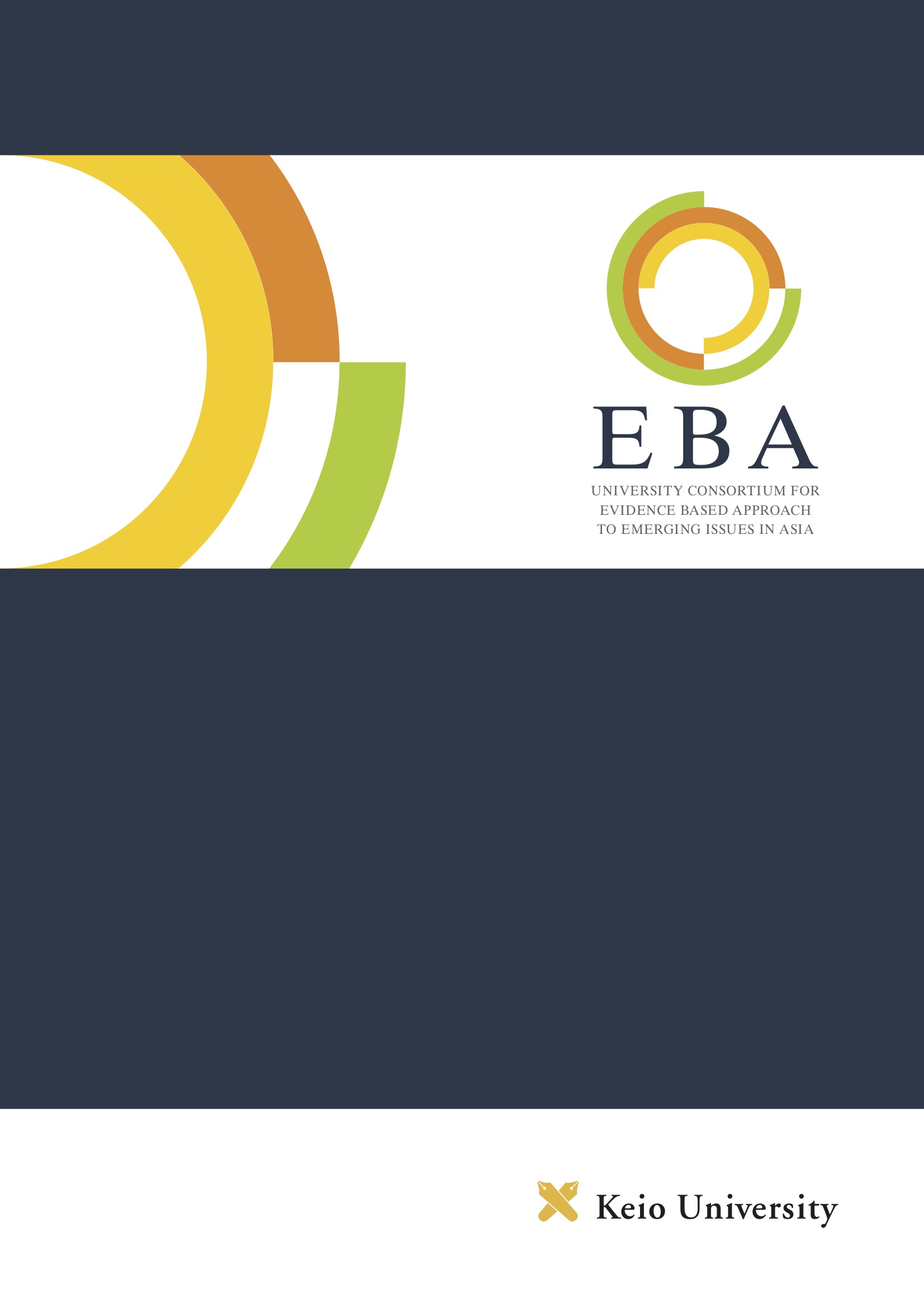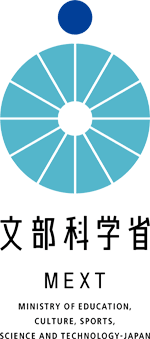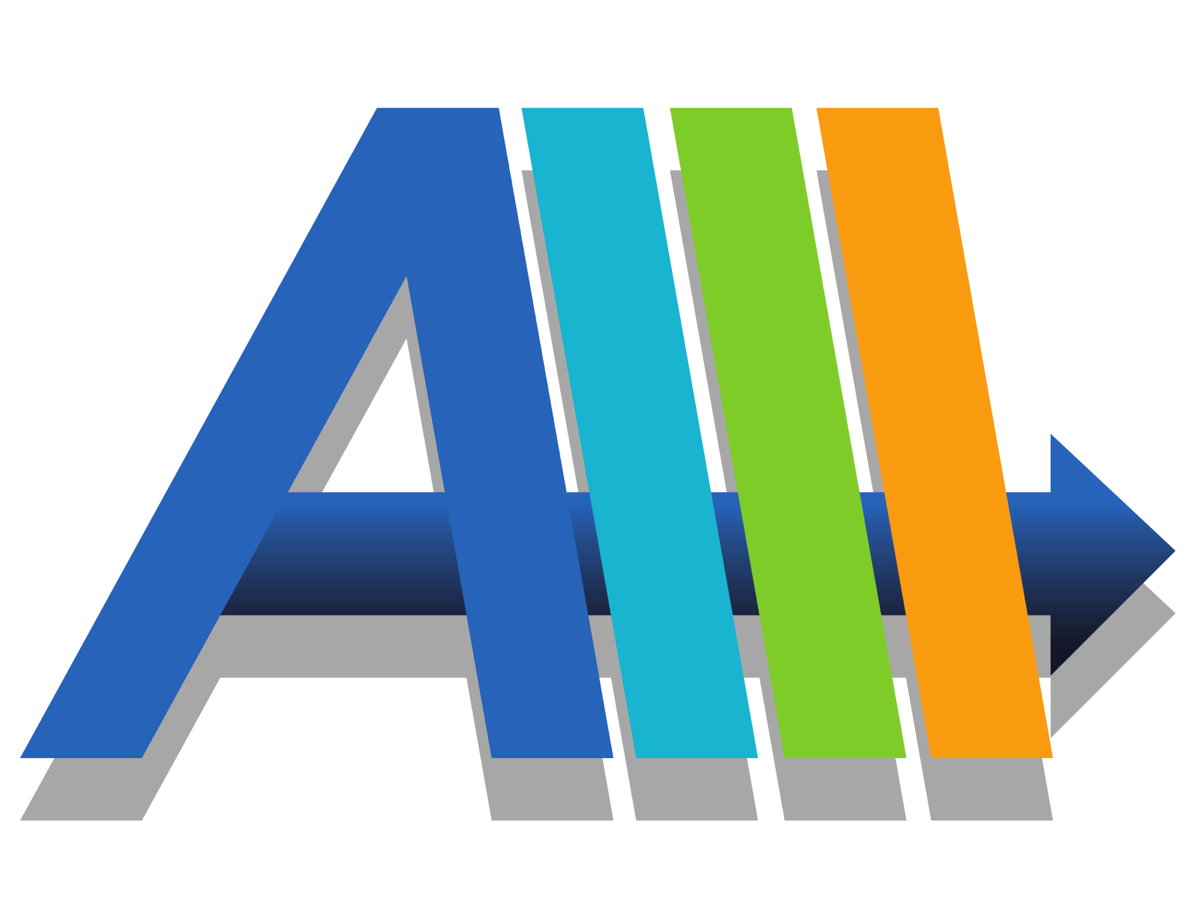SANRIKU FIELDWORK 2016: DISASTER MANAGEMENT
We are now calling for participants in Sanriku Fieldwork scheduled in March, 2016
About the Fieldwork
The fieldwork is an excellent opportunity for students to capture with their own eyes what happened during Great East Japan Earthquake in March 2011 and its aftermath until today in Sanriku. In some areas, construction of high sea walls of 10 m or more has already started. Student will go and observe these construction sites in order to better imagine possible scenarios for people living along these coastal lines when surrounded with these high concrete walls .
Before the fieldwork, the students will be prepared with preliminary understanding about not only disaster situations but also the history of Japanese social security policy as well as the limitations of the Earth science and/or technology today in face with disasters. During the fieldwork, students will have a chance to meet and interact with local people . These local witnesses’ accounts should help the students either to reinforce or correct their initial impressions about the disaster situation and also about the direction of reconstruction. The main theme of the fieldwork is to think and discuss the effective ways of how to protect lives from future disasters and especially to reexamine the role of concrete high sea walls in disaster management.
Locations: Ofunato, Rikuzen-Takata, Kesennuma, Minamisanriku, Onagawa, Ishinomaki, and Sendai
Time: March 8-17, 2016
Language Requirement: English
Target and Capacity: The fieldwork is for both undergraduate and graduate students from EBA partner universities and from Keio University
Selection process:
For Keio students: Both undergraduates and graduate students (who are able to communicate in English) are eligible for the program. All you have to do is:
- Fill out APPLICATION FORM (from: http://goo.gl/vmX1TK) in English
- Write an 300-word essay stating your interest in the theme of the fieldwork (either in English or Japanese)
Then submit these two materials to eba-submit@ml.keio.jp with subject: “Sanriku Fieldwork 2016 Application- Your Name”. The deadline is 23:59 JST, Sunday, 31 January 2016. Screening result will be announced in the following week.
Costs: Students pay your own travel expenses(the fee of transportation and accommodation) (to de decided) Submission Deadline:
23:59 JST, Sunday, 31 January 2016
For ASEAN students, EBA local contacts (see list here) will have a separate announcement and selection process.
*Please note that we do not accept application from individual students without the acknowledgement of their school.
Proposed Schedule (subject to changes)
| March 8th | Arrive in Japan and stay at Hiyoshi Collaboration Complex, Keio University |
| March 9th | Japanese Class at Hiyoshi Campus, KeioUniversityWorkshop at Hiyoshi Campus, Keio UniversityJoin EBA 21st Open Seminar |
| March 10th | Workshop at Hiyoshi Campus, Keio UniversityVisit Bosai (disaster prevention)center |
| March 11th7:30
7:56 10:08 14:46 15:30 17:00 18:00 |
Gather at Tokyo Station
Leave Tokyo Arrive at Ichinoseki Pray for the victims of Great East Earthquake 2011 at Kesennuma/Ofunato Tsunami-denshokan Museum (dedending on the traffic) Meet with Ofunato Mayor (to be confirmed) Check in at hotel (to be confirmed about the hotel) |
| March 129:00
17:00 |
Leave Hotel. Visit sea wall from Rikuzentakata to Kesennuma
Check in at hotel in Minami Sanriku |
| March 139:00
12:00 14:00 16:30 18:04 |
Check out. Fieldwork in Minami Sanriku
Onagawa Yuriage (if we have time) Leave Sendai for Tokyo Arrive in Tokyo Check in at Hiyoshi Colloboration Complex, Keio University |
| March 14th |
Observe Tokyo 5 years after March 11 (in groups) |
| March 15th | Workshop at Hiyoshi Campus, Keio University |
| March 16th
10:00 ~12:00 |
Final Presentations |
| March 17th | Leave Japan |





